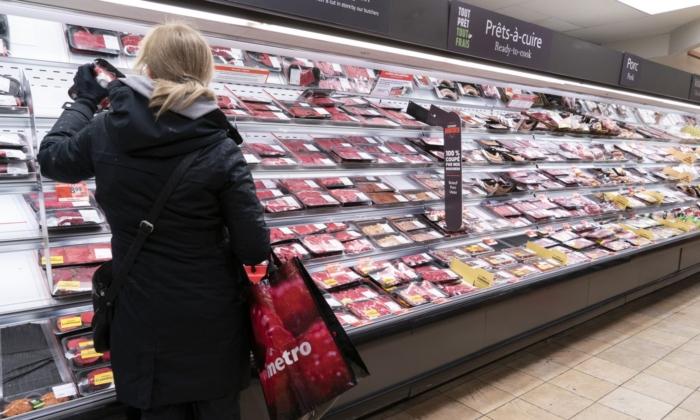Statistics Canada says Canada’s inflation rate tumbled to 2.8 per cent in June, putting it within the Bank of Canada’s target range for the first time in more than two years.
Statistics Canada’s consumer price index report Tuesday says the deceleration was broad-based, though lower gasoline prices compared with last year led the slowdown.
But Canadians continue to pay substantially higher prices for groceries, as prices rose 9.1 per cent year-over-year, slightly faster than in May.
The annual inflation rate was 3.4 per cent in May. The last time it fell below three per cent was March 2021.
The Bank of Canada raised interest rates again earlier this month, in part because it’s now projecting inflation to stay high for longer.
The central bank said it expects inflation to hover around three per cent over the next year, before steadily declining to two per cent by mid-2025.
Tuesday’s report shows inflation falling within the central bank’s one to three per cent range, though the Bank of Canada has been adamant that it’s aiming for two per cent inflation.
The rate hikes are intended to choke off demand in the economy by making it more expensive for consumers and businesses to borrow.
That process is supposed to bring inflation down, though in the meantime, it’s driving up the interest Canadians pay on their mortgages.
The federal agency says exclude mortgage interest costs, the annual inflation rate would have been two per cent.
Tuesday’s report shows prices for a range of goods and services are moderating, serving as good news for consumers who have been facing steep price increases since the pandemic.
Transportation costs, for example, decreased year-over-year as gasoline prices have fallen and the pace of price growth for vehicles decreases.
Consumers also paid 14.7 per cent less for cellular services than they did a year ago, which the federal agency says is due to lower prices for data plans and sales promotions.





